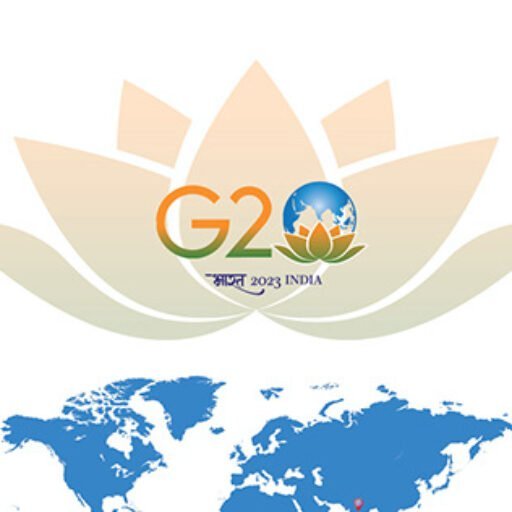
Back-to-back floods over the last two years have dampened the spirits of travellers making plans to visit Kerala. There are also efforts to boost tourist footfall in the state especially during the monsoon, generally seen as an ‘off-season.’
The explosion of India’s middle-classes and the spurt in their disposable incomes are encouraging more people to travel considerably across India and abroad. With the rise in the number of domestic travellers, tourism departments of various states are also opening up little-known scenic villages and towns to visitors.
Government’s ‘mission mode’ target on tourism sector hopes to augur India’s economic growth engine
In this budget, the flagship scheme, Dekho Apna Desh was unveiled and which aims to promote tourism targeting the middle-class citizens of the country, encouraging them to travel within India rather than abroad.
The Union Budget this year is a great boost to the economy and it is eagerly awaited by almost all major industries. The economy, which has been sluggishly recovering after spending two years in the shadow of the pandemic, will benefit from the budget for 2023–24.
The crucial policies will help to further strengthen the Indian economy, which will inevitably lead to an improvement in the country’s transportation and mobility segment. The budget had primarily been towards the promotion of tourism in India, given that the country has huge potential for tourism.

Manish Rathi, CEO and Cofounder, IntrCity SmartBus said, “The hospitality, inter-city travel, tourism, and mobility segments will gain from the government’s efforts to encourage tourism. As the government is in Mission Mode to promote travel in India and it is viewed as a sustainable engine for economic growth and development, we are delighted that the tourism sector has taken centre stage in the budget for 2023–2024.”
“The government has put forth constructive measures that reflect its desire to assist and develop the Indian intercity travel and tourism sector through the active involvement of states and public-private partnerships. The industry believes it has enormous potential to produce opportunities for jobs and entrepreneurship for youth in particular,” Manish Rathi added.
The government’s aim is to reach a USD 1 trillion GDP contribution by 2047 and will be largely contributed by the overall tourism and travel sector both domestically and internationally. The structural transformative initiatives in this budget and the proposed National Tourism Policy will significantly enhance growth and positive development of the pandemic hit inter-city travel sector.
Manish noted that in this budget, the flagship scheme, Dekho Apna Desh was unveiled and which aims to promote tourism targeting the middle-class citizens of the country, encouraging them to travel within India rather than abroad.
The scheme will offer financial help to tourists travelling domestically. With the introduction of this scheme, a substantial budget has been set aside by the government which will be used to promote travel and build out tourist infrastructure around the nation. This in turn will aid many co-branded smartbus brands to enhance inter-city tourism at length.
With an integrated and innovative approach, 50 tourist destinations will be selected through challenge mode to be developed as a whole package for domestic and international tourism. Further to enhance the tourist experience, the government announced that an app will be developed that includes all relevant features such as physical and virtual connectivity, tourist guides, and tourist safety etc.

This move of the government will immensely help travel and hospitality companies to innovate and maximize their presence.
Furthermore, the government’s focus on raising capital expenditure outlay by 33% to Rs 10 lakh crore in 2023–24; which would be 3.3% of the GDP will boost operational profitability, enhancing the mobility sector by giving a push for higher spending on highways and infrastructure among other things, said Manish from IntrCity SmartBus.
The country’s development will be greatly aided by the new investment in infrastructure. The announcement of the 100 new last-mile connection initiatives will aid co-branded SmartBus mobility players in concentrating on reaching further into Indian states.
The “Green Growth” initiative through the National Green Hydrogen Mission, which has been given a budget of Rs 19,700 crore will assist in lowering the Indian economy’s carbon intensity while assisting the nation in achieving its clean energy goals. Last but not least, as India is moving toward a bright future, a stronger, more sustainable, and resilient tourist industry would speed up economic growth in India.





